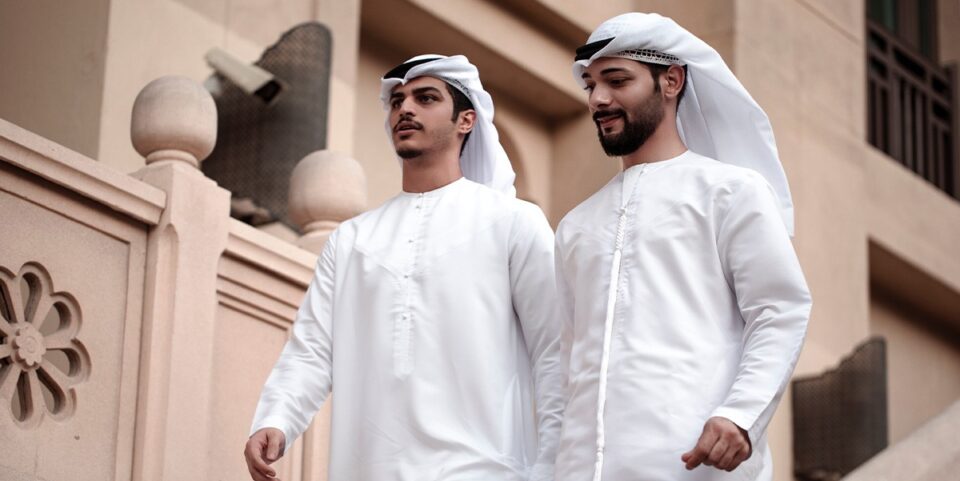The thobe, a traditional and versatile garment worn by men across several Middle Eastern and North African countries, has transcended its regional roots to gain popularity around the globe. Characterised by its long, flowing design, the thobe is both a symbol of cultural heritage and an embodiment of modern elegance. From Oman to Saudi Arabia, the United Arab Emirates to Morocco, each country boasts its own unique style of thobe that reflects local customs and traditions. In this blog post, we explore why the thobe continues to captivate individuals worldwide and how it serves as a bridge between tradition and contemporary fashion.
The Origins of the Thobe
The origins of the thobe can be traced back centuries, where it was initially designed as a practical solution for men living in hot desert climates. Its loose fit provides comfort and allows air circulation, keeping wearers cool despite soaring temperatures. Over time, this simple yet functional garment evolved into various styles that encapsulate cultural identities across different regions. Today’s mens thobes range from understated everyday wear to intricately embroidered pieces reserved for special occasions.
The Omani Dishdasha
In Oman, the national dress known as “dishdasha” is an everyday staple for Omani men. Typically crafted from cotton or wool depending on the season, Omani dishdashas are distinguished by their collarless neckline and tassel (known as ‘farakha’) that hangs from the neck. The colour spectrum ranges from crisp whites to muted browns or blues for daily use, while more vibrant colours are often chosen for celebrations such as weddings or religious festivals. This timeless piece not only reflects Oman’s rich history but also fosters a sense of unity among its people.
The Emirati Kandura
Moving over to the Emirates, Emirati thobes (or kanduras) hold significant cultural importance and are seen as symbols of national pride. Notably similar in appearance to their Omani counterparts but with subtle differences in cut and fabric choice, kanduras embody simplicity whilst exuding sophistication. They are most commonly white – representing purity – but can also be found in other hues like grey or beige during cooler months. The Emirati kandura’s appeal lies in its effortless elegance that seamlessly blends with modern accessories like designer watches or fashionable eyewear.
Saudi Arabian Thobes
Saudi Arabian thobes take centre stage within their own rich sartorial tradition; they embody both practicality suited for desert life and formal attire appropriate for business meetings or social gatherings alike. Saudi designs often feature intricate embroidery around cuffs or collars, which adds flair without compromising on the formality required in professional environments – making them perfect choices whether attending mosque prayers, family events, or representing identity abroad.
Moroccan Djellabas
Across North Africa lies another variant – Moroccan djellabas, which differ distinctly due to their hooded tops, making them perfect for colder climates. These garments can be made using heavier fabrics like wool, ensuring warmth while retaining the quintessential flair expected of any self-respecting gentleman wearing one. Many tourists visiting Morocco find themselves captivated by their allure, often purchasing a piece to bring home as a reminder of their exotic travels.
The Thobe in Modern Fashion
The continued fascination with mens thobes globally can be attributed to their adaptability and fusion of tradition with modern fashion. Designers are constantly reinventing the thobe, incorporating contemporary elements such as slim cuts, unique prints, and modern fabrics while still preserving its cultural significance. This has not only made it a popular choice for everyday wear but also a staple on international runways and red carpets. Hollywood stars, athletes, and even world leaders have been seen donning these timeless garments, showcasing the thobe’s widespread appeal.

